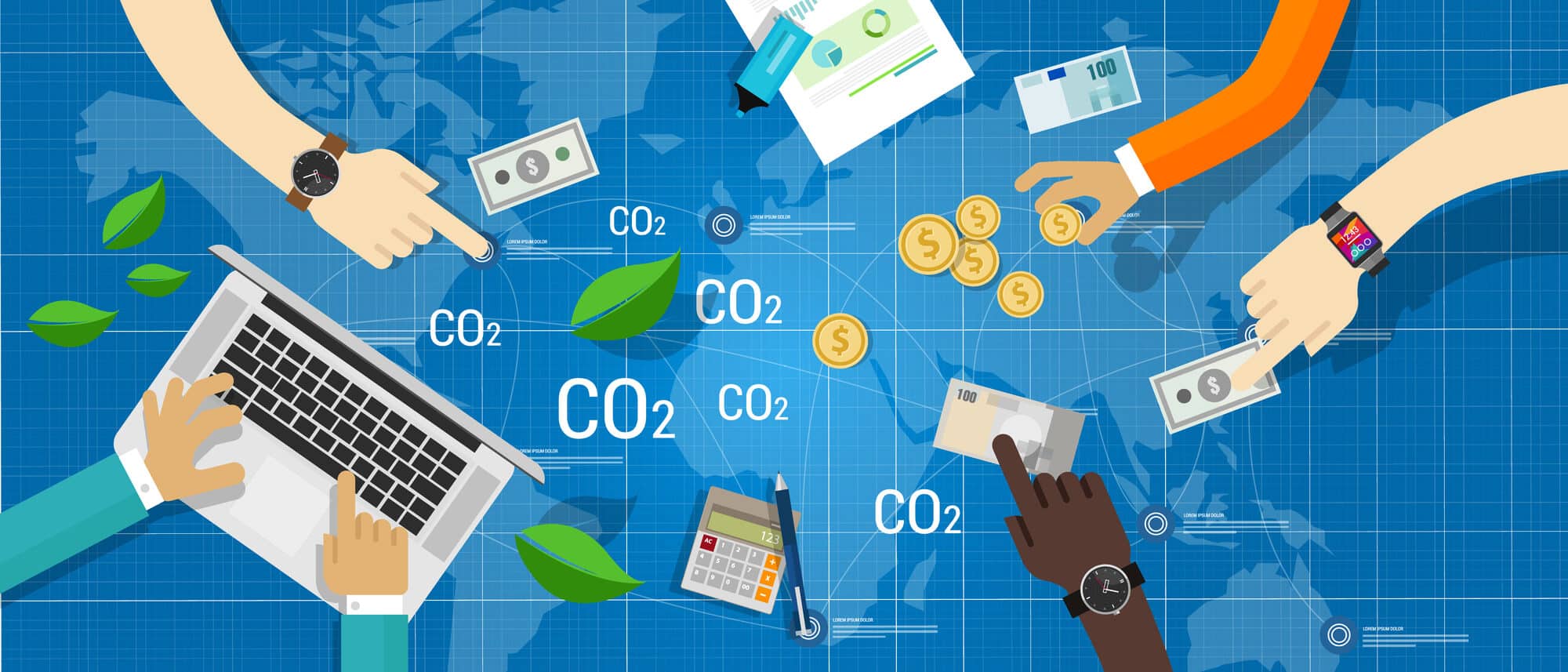New research suggests that this is because the standard model does not take into account the slow nature of technological progress. As a result, the standard model overestimates the reduction in cumulative energy use achieved by a given energy tax

New article published In The Review of Economic Studies, published by the University of Oxford suggests that carbon taxes will be less effective in reducing carbon emissions than previously thought. It also finds that the tax interventions needed to achieve targets agreed in the 2016 Paris climate agreement will need to be larger than previously thought.
There is growing interest among researchers and policy makers in using economic policy to reduce or eliminate carbon dioxide emissions. Policies can reduce carbon emissions in several ways, including pushing the economy toward cleaner energy sources and reducing overall energy use. The researchers here examined the impact of climate policy on overall energy use and found that policy-induced reductions in energy use take significantly longer than expected in existing models. They argue that improvements in energy efficiency technology are an important component in reducing energy use, but technological adaptation takes time. The world will not see the benefits of the policy immediately.
The researchers developed a model of economic growth and energy efficiency with endogenous technical change to investigate the impact of climate change mitigation policies on energy use. They argue that this model can accurately reproduce patterns of energy use and economic growth observed in the data, and show that the standard model that economists use to evaluate climate policy cannot. This is because the standard model does not take into account the slow nature of technological progress. As a result, the standard model overestimates the reduction in cumulative energy use achieved by a given energy tax. They show that a policy designed to meet the Paris Agreement target in the standard model misses the target by a significant amount in the newer model that takes into account slow technological dynamics. The newer model requires significantly higher taxes to achieve the target.
The researchers also examined the impact of research and development subsidies designed to improve energy efficiency. They found that combining this policy with taxes helps meet environmental goals at the lowest cost to the economy. However, these policies are not as effective in reducing energy use on their own. Subsidies may lead to an initial round of improvements in energy efficient technologies, but later the incentive for future research and development is reduced.
"To achieve environmental policy goals, energy taxes will need to be higher than previously thought," said the paper's lead author, Gregory Casey. "The reason for this is that the impact of taxes on overall energy use occurs more slowly than previous modeling approaches have suggested. I'm only investigating one facet of climate policy, and I hope the results will help improve the next generation of climate economics models."
More of the topic in Hayadan:

One response
The tax imposed on the weakest strata in Europe is already too high, and is reflected in the high energy costs imposed on the uneconomical production of energy. Those who usually fly to the climate conferences in exotic destinations in their private planes will of course never be able to understand this.
"I'm only investigating one facet of climate policy," said the paper's lead author, Gregory Casey. Well, my friend, you should broaden your horizons to social and economic issues as well, concerning the trampling of the weaker sections, and the destruction of national economies.